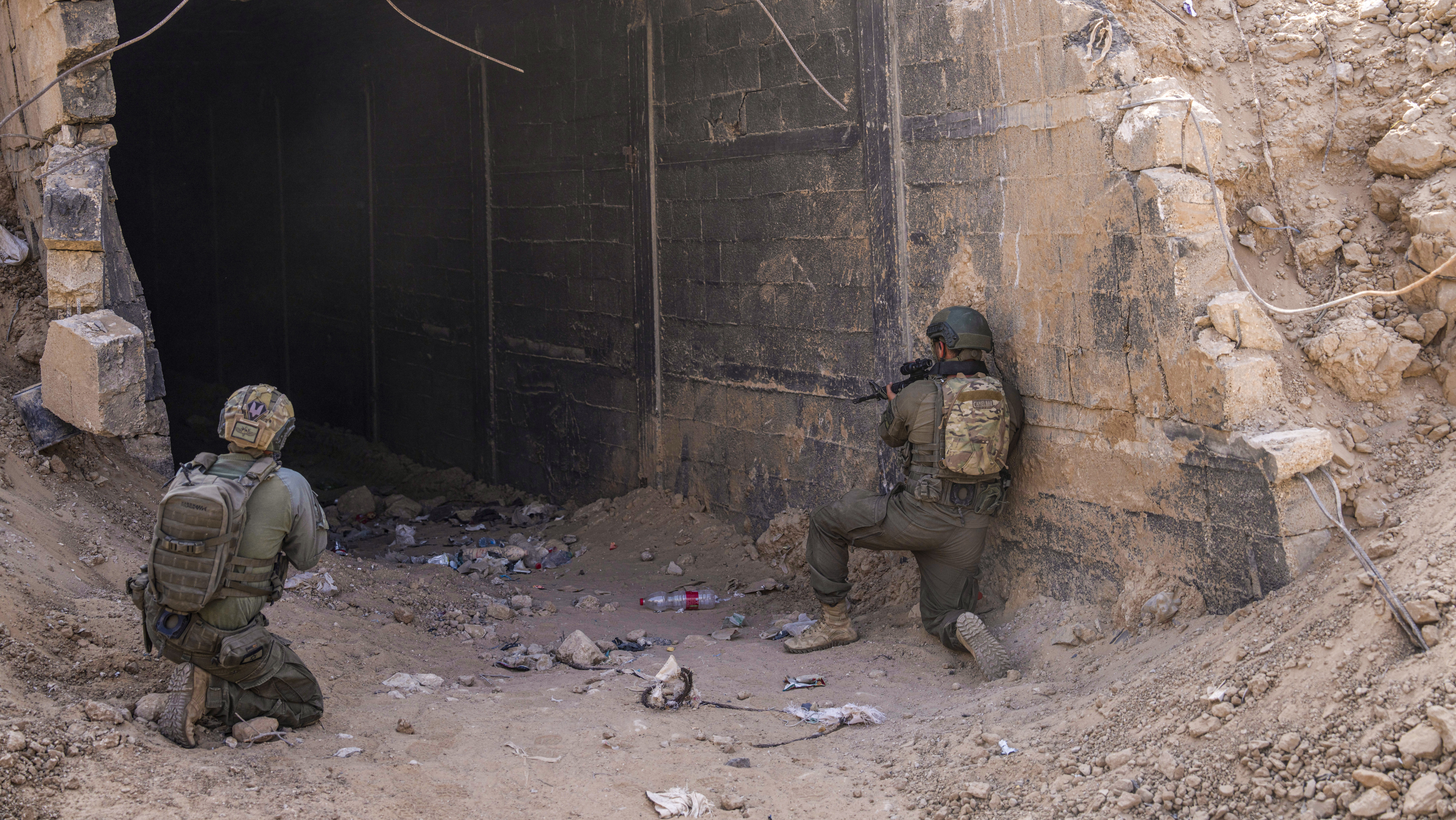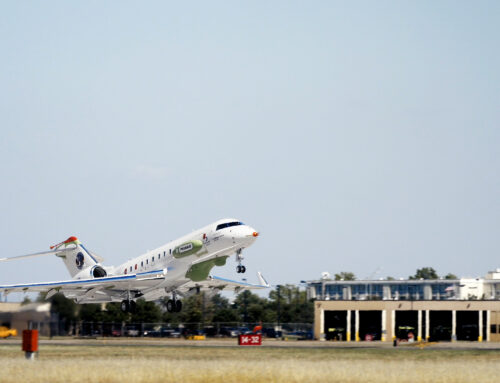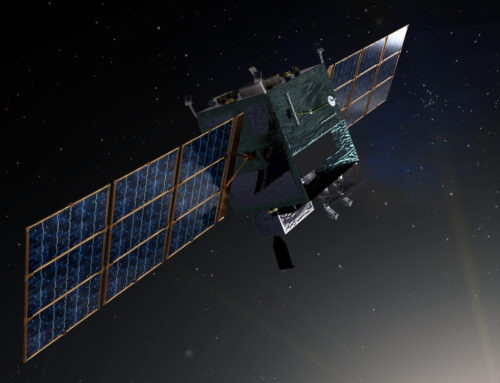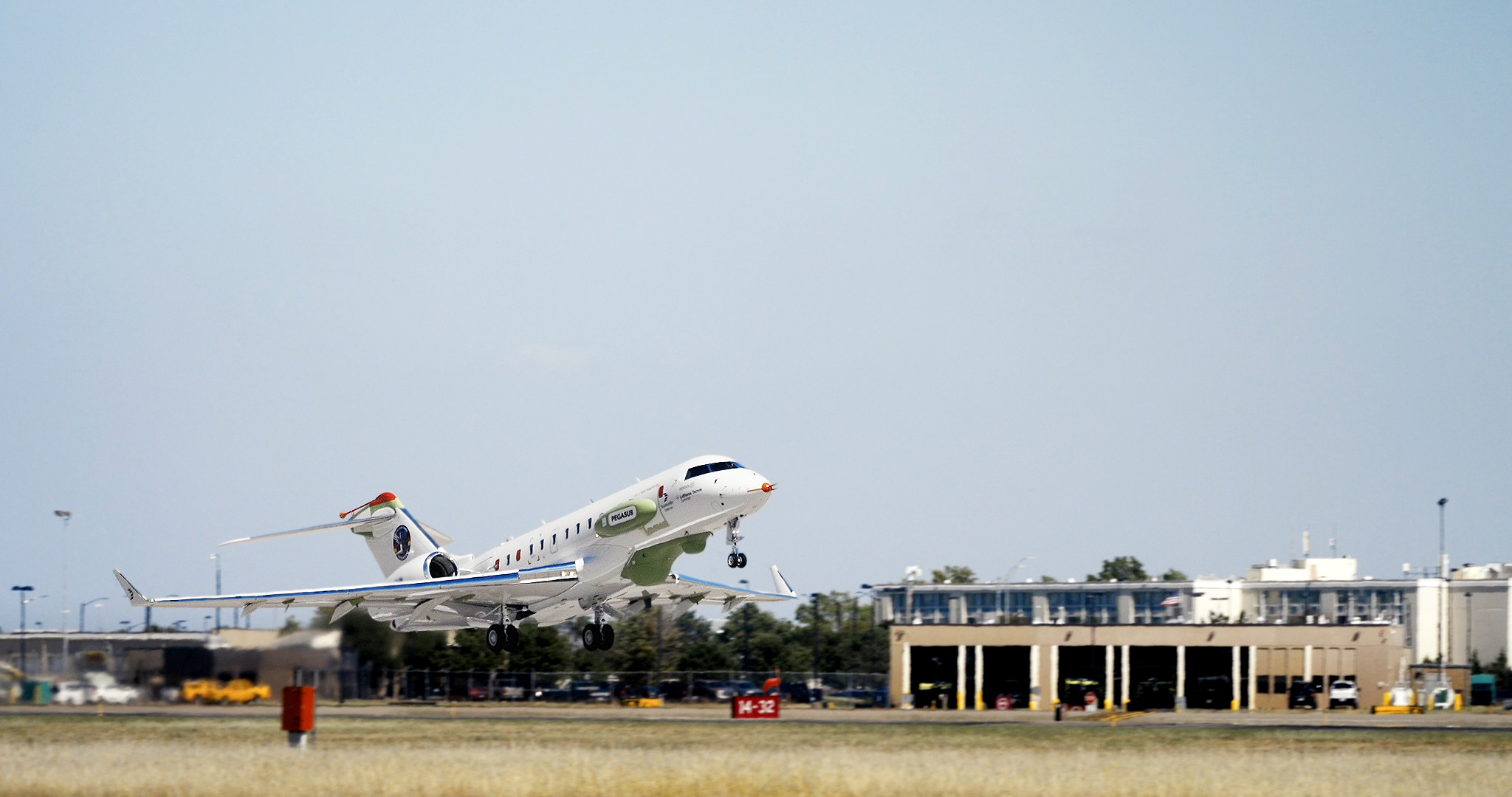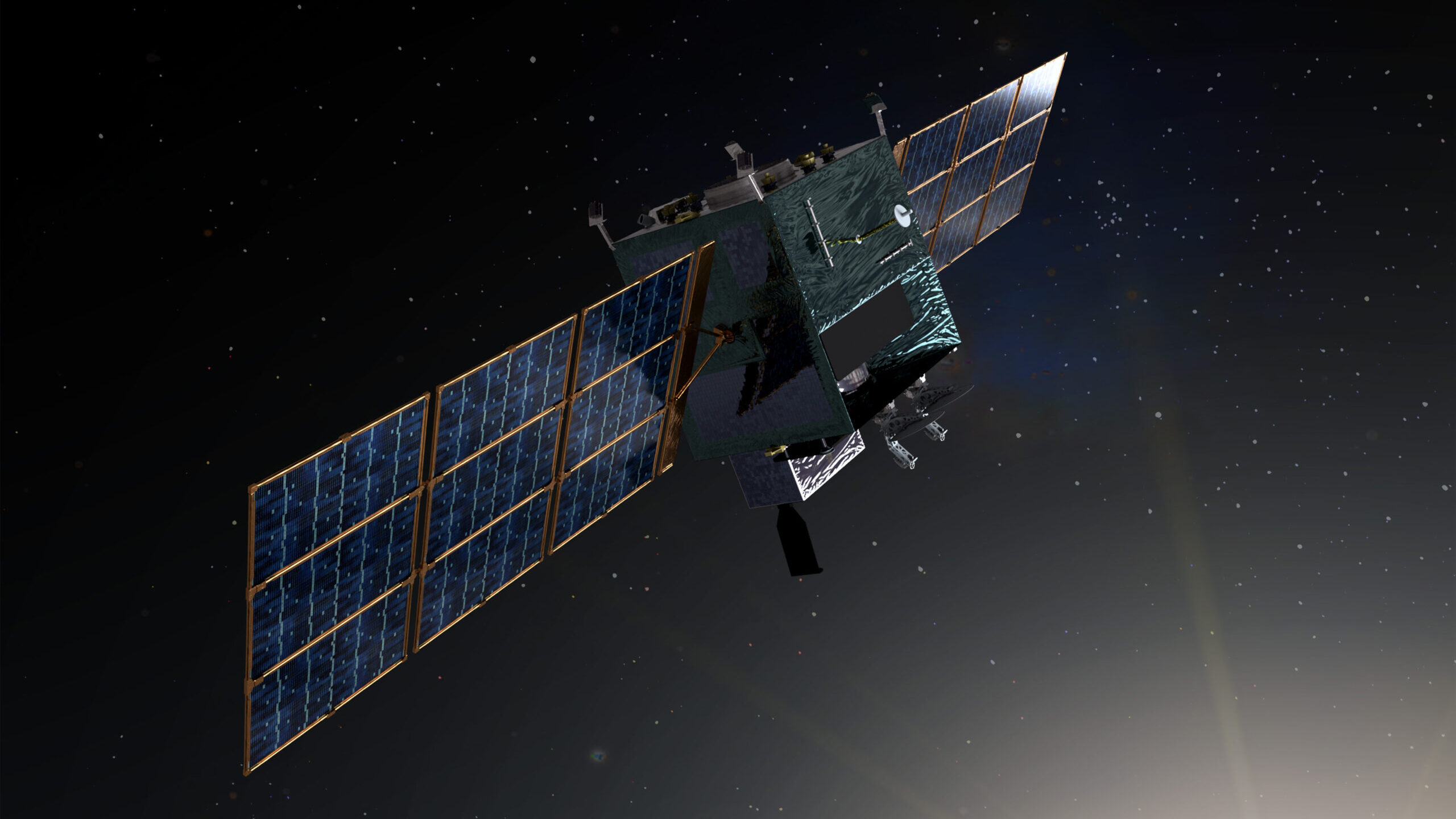A photograph, taken during an embed with the Israeli Defense Forces (IDF) and reviewed by the IDF censorship office prior to publication, shows Israeli soldiers guarding the entrance of a tunnel. (Photo by Ilia Yefimovich/picture alliance via Getty Images)
As Israel conducts limited ground operations against Hezbollah in Lebanon, it already has encountered tunnels similar to the dangerous unseen combat it has fought for a year beneath Gaza.
Not for the first time, Israel is engaged in a new kind of fight that the United States will face in its future conflicts.
Just as the United States has learned from Israel’s wars in the past, the risks of tunnel warfare and how Israel is overcoming those challenges through coordinated troop maneuvers and technological adaptations should drive a shift in the US approach to subterranean combat.
The United States has a long history of learning from Israel’s wars. The 1973 Yom Kippur War had such a transformational effect that the US Army made the largest change to its doctrine since World War II. The Egyptian and Syrian armies’ use of new Soviet weapons and tactics that were more lethal and rapid, the ability of anti-tank weapons to neutralize more tanks in the first six days of the war than the United States had deployed throughout all of Europe, and tank battles occurring at much greater ranges than ever before shocked American defense planners preparing for a Soviet invasion of Western Europe.
After the war, the US Army Training and Doctrine Command (TRADOC) sent a team to Israel, whose findings led to the adoption of the AirLand Battle doctrine that would guide decades of thinking about winning a conventional war in Europe through close coordination between ground forces and aircraft.
Similarly, the wars under Gaza and southern Lebanon have shown how the subterranean environment poses challenges that US troops must be better prepared to fight. Tunnels will be a growing problem for Western-style militaries because they provide physical protection and create challenges for differentiating and isolating fighters from civilians.
Recognizing those advantages, Hamas spent nearly two decades fortifying Gaza with more than 350 miles of interconnected underground tunnels. They intentionally designed the urban landscape to enable attacks, protect Hamas fighters, and thwart IDF advances. Hezbollah built similar underground fortifications in southern Lebanon but over a much larger expanse of land.
Indeed, searching Hamas’s vast, subterranean labyrinth for terrorist fighters and hostages has been among the most difficult aspects of the war and has already proved a time-consuming process in southern Lebanon. Fighters have appeared suddenly from tunnels to quickly target Israeli soldiers before escaping through hidden passageways. Deep and fortified tunnels also held command-and-control centers, weapons production facilities, storage depots, and hostages.
Hamas and Hezbollah also constructed tunnels for strategic purposes as well. Building tunnels inside and below residential buildings, hospitals, schools, mosques, and United Nations facilities leveraged civilians as human shields to discourage Israeli operations. Despite Israel’s pledge to use precise military efforts to minimize collateral damage by distinguishing between terrorists and civilians, hiding fighters beneath civilian sites enabled the willful blindness about who Israeli strikes had targeted that fueled Hamas’s disinformation campaign, contributing to international pressure for Israel to stop the war prematurely.
Early in the war, Israel adapted after it became evident that its initial plan to collapse the tunnels with airstrikes or destroy the entry points would not be widely effective because of how expansive and deep the tunnels were and because such operations could be dangerous to the hostages. Instead, Israel utilized cameras mounted on drones or dogs and AI technology to detect threats so that Israeli forces could analyze the best means of responding.
In Gaza, the IDF quickly transformed its approach to subterranean operations while in contact with enemy fighters. A key adaptation was its implementation of new tactics, techniques, and procedures (TTPs) for its troops to maneuver underground simultaneously with those moving above ground to use explosives that either completely destroy or render tunnels impassable.
After isolating the area around a tunnel entrance and establishing a secure perimeter to ensure there were no hidden entrances that terrorists could use to mount a surprise attack or escape, the IDF then sent in ground troops to defeat any threats, including with a liquid emulsion explosive that avoided the risk of inadvertent detonation on the surface.
Building on the decades of US experience in subterranean warfare in places like Afghanistan, Iraq, and Vietnam, examining Israel’s underground warfare could help the US and partner militaries prepare for operations against adversaries like Iran, Russia, China, and North Korea, who are growing increasingly close and learning from one another. As a senior Pentagon special operations official put it, it would be “foolish” to assume future fights won’t consist of a similar operational environment.
Borrowing from the IDF’s efforts to coordinate ground troops above and below ground as well as air assets, US doctrine and TTPs for subterranean warfare should emphasize the necessity to detect, analyze, differentiate, isolate, and defeat threats.
With the US military also seeking to transform while in contact with an enemy, just as the IDF continues to do, the US Defense Department should emphasize subterranean combat during collaborations with Israel about the future of warfare, expand the US-Israel anti-tunnel cooperation program to fund technologies that explore or collapse tunnels, and conduct regular subterranean warfare exercises with Israeli forces. Joint drills that focus on maneuvering troops simultaneously above and below ground and utilizing emergent technologies would have immense value to US missions from counterterrorism to hostage rescue.
Fighting underground is challenging in any scenario. Yet, Israel’s successful adaptations have once again provided a transformational model for the US military to study.
General David Perkins, USA (ret.) was the former Commanding General, US Army Training and Doctrine Command (TRADOC) and a participant on the Jewish Institute for National Security of America’s (JINSA) 2019 Generals and Admirals Program. Ari Cicurel is the assistant director of foreign policy at JINSA.


